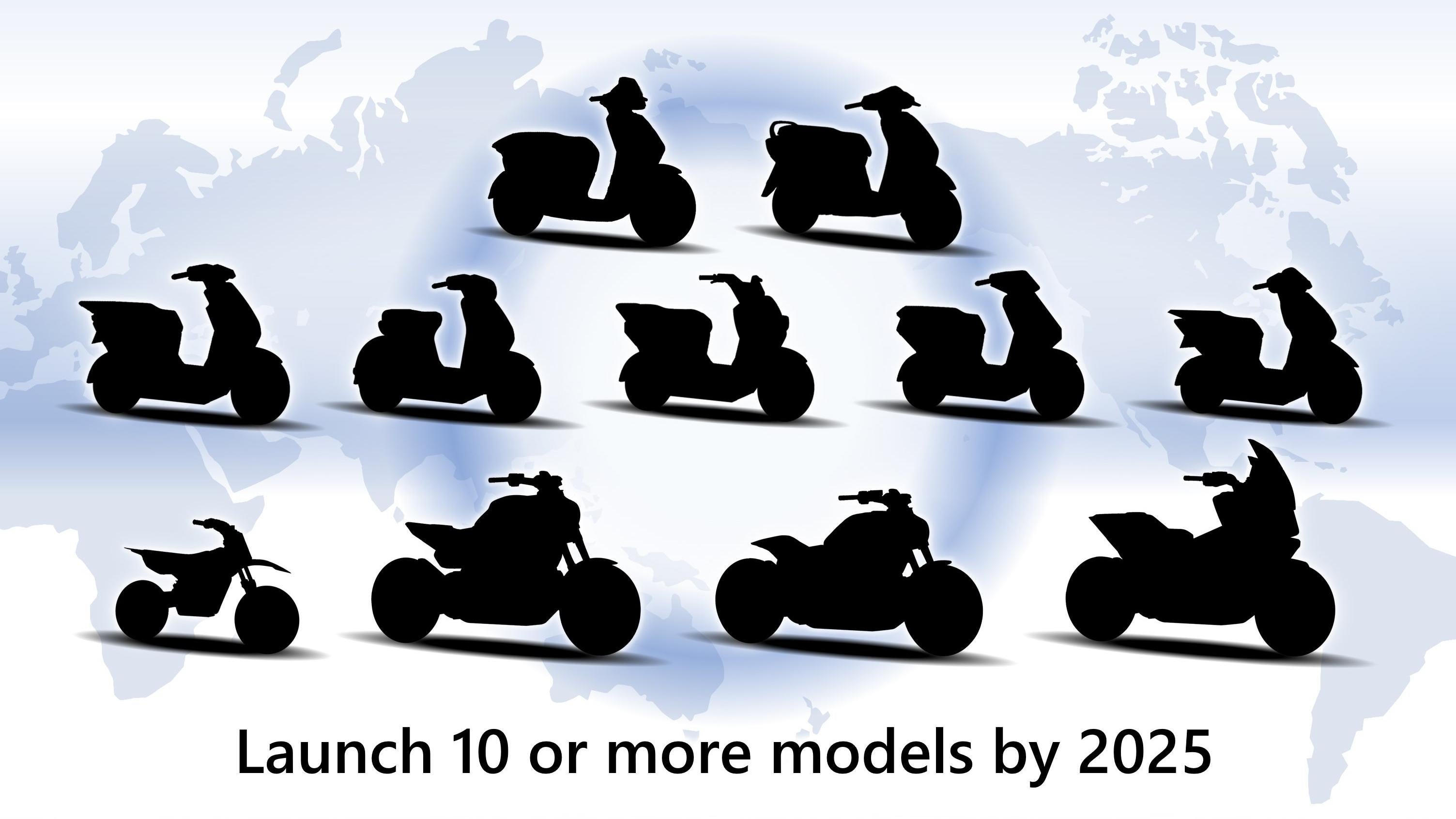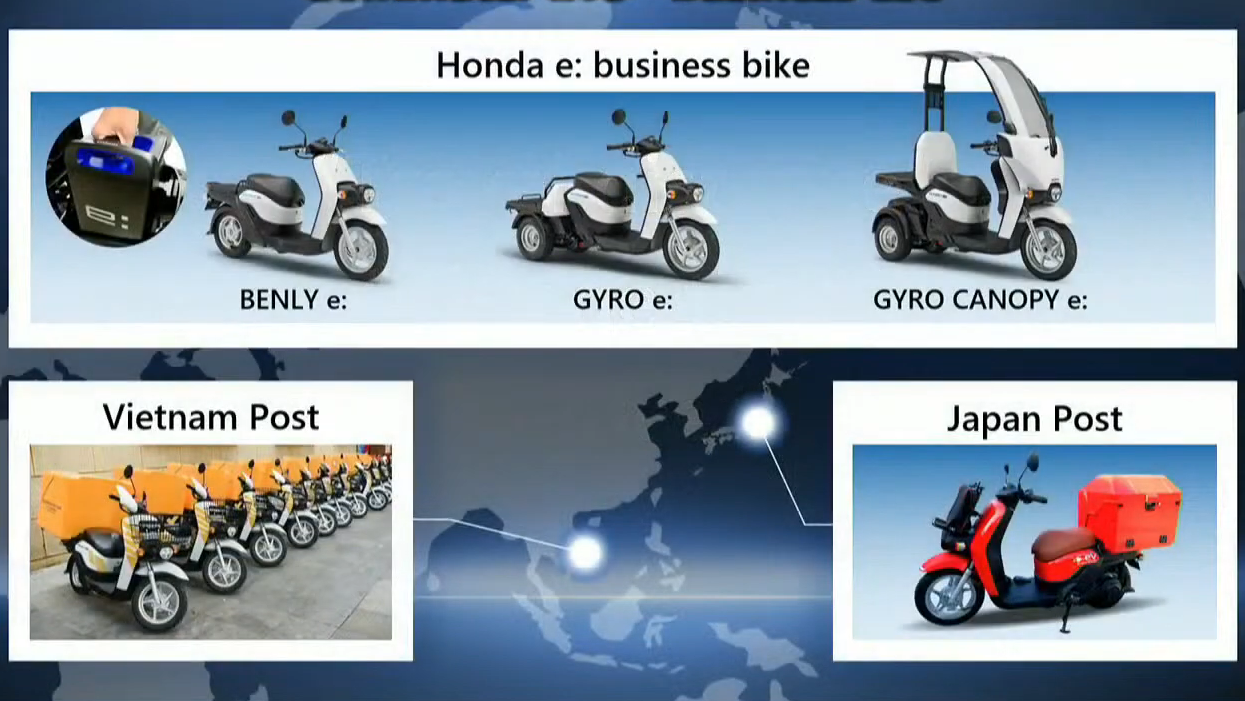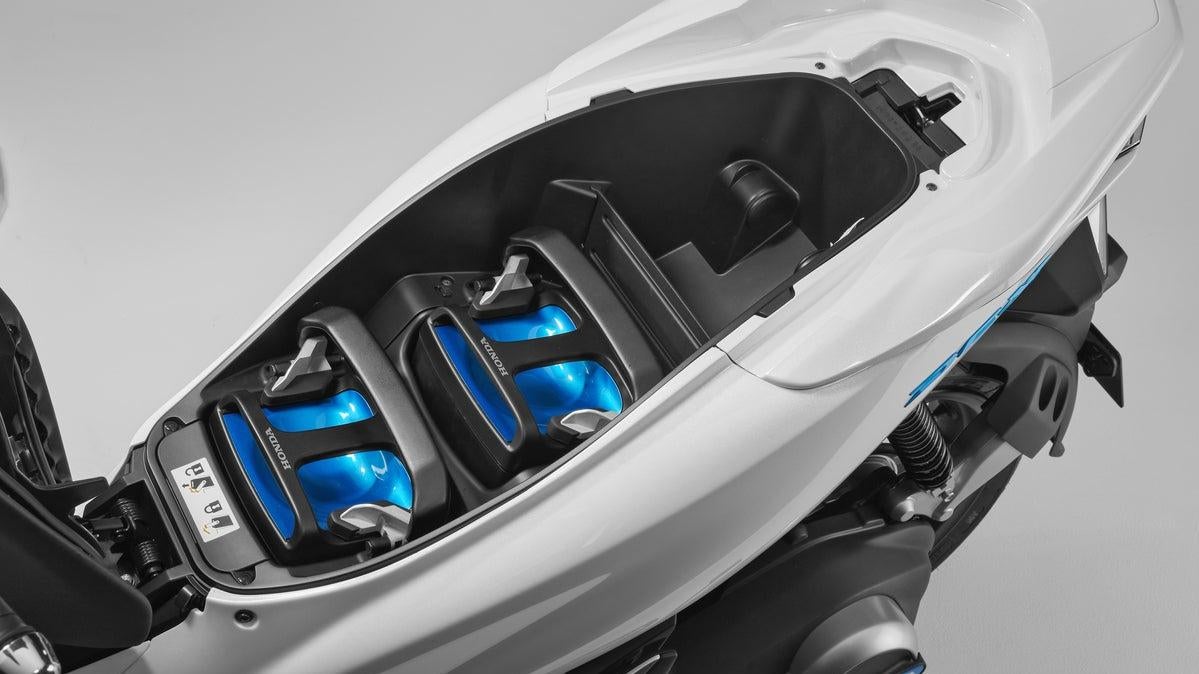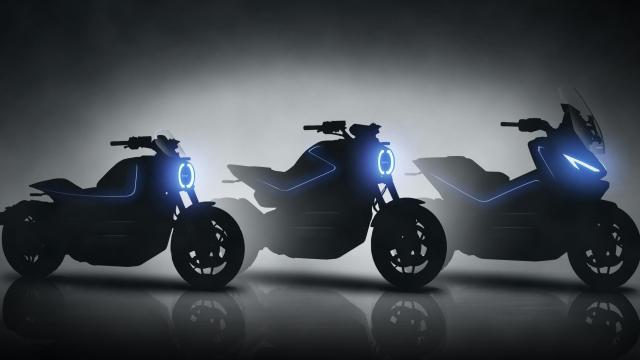Honda knows motorcycles; it’s the largest motorcycle company in the world. So when Honda says it’s going to release at least 10 electric motorcycles by 2025, it’s likely to be true, since it’s likely that Honda is just showing whatever hand it’s been holding for years, or some EV plan it’s been building towards.
It might even be possible one of those new bikes will be the return of the Honda Hornet — the excellent CB600F, not the heavier CB900F — as a fully-electric model. The Hornet was also known as the Honda 599 in the U.S., in reference to the bike’s 599 CC displacement from its inline-four cylinder engine.
But Honda’s two-wheeler EV ambitions go beyond the release of a beloved bike with at least nine more electric models, and a plan to reach carbon-neutrality.

Honda is stretching the meaning of electric motorcycle just a bit; it’s technically true that an electric moped or bicycle is a “motor+cycle,” but it’s not the same as, say, a fully-electric Gold Wing or Africa Twin. That’s not what Honda is announcing. Honda categorizes models by speed: e-bikes go up to 16 miles per hour; e-mopeds go between 16 and 50 km/h; and models built on Honda’s “FUN EV” platform are what you’d imagine when you think of an electric motorcycle.
The majority of Honda’s new electric models will be mopeds or bicycles with an electric motor: the company plans to introduce five of these compact and affordable models in Asia, Europe, Japan and China between 2022 and 2024.
It’ll have two new Honda e: Business Bikes, or EV commuters, in Japan, Asia, and Europe between 2024 and 2025. And Honda will introduce three higher-displacement “FUN EVs” — as opposed to un-FUN EVs — in the U.S., Japan and Europe from 2024 to 2025.

Most of these new models will use Honda’s Mobile Power Pack, or swappable batteries. Honda plans to use use all-solid-state batteries due to their high energy-density. Honda’s been testing these around the world: rickshaws in India use them, as well as models used by mail carriers in Japan, Vietnam, and, soon, also Thailand.
Honda knows motorcycles are the best candidates for replaceable batteries, and it’s leaning into the tech hard. We can only hope the rumoured Hornet will use them, while also not prioritising power over weight. Honda has so far confirmed the new model’s displacement puts it squarely into the mid-weight category.
Honda has it all planned, kind of like that bizarre kid you knew with a life plan — while us other kids thought about what we’d be doing later that night. In our defence, most of us don’t know where we’ll be “ten minutes from now.”
Honda’s life plan for its electric motorcycles begins with 10 or more models by 2025. The company wants to increase the sale of these to 1 million per year by 2025, then 3.5 million by 2030. By 2040, Honda wants its motorcycle business to be fully carbon-neutral. And by 2050, the company wants all of its divisions to reach full carbon-neutrality. Who knows if Honda can pull it off, but at least it’s fitting with its corporate motto: the power of dreams.

